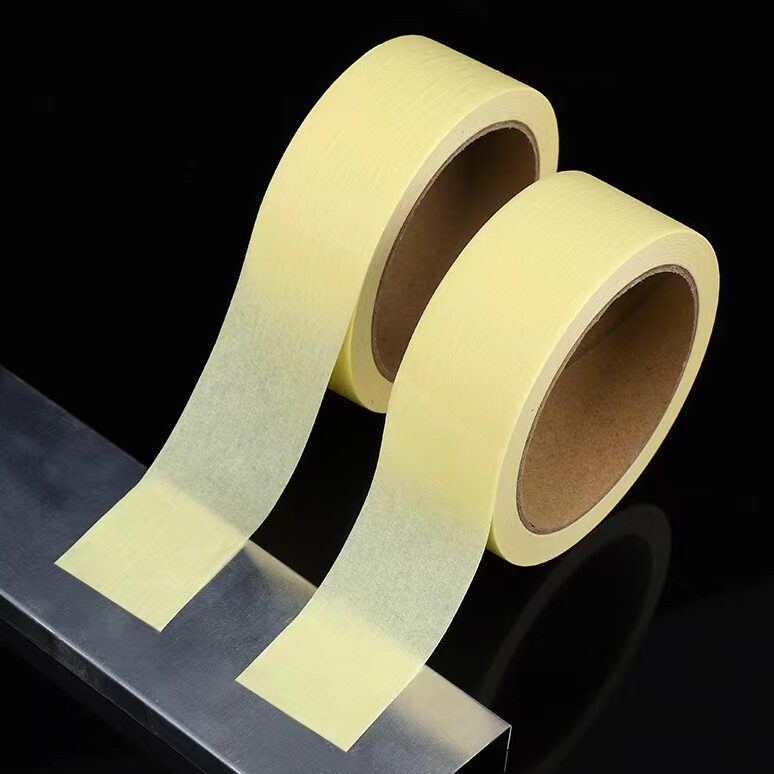PET Cloth Wire Harness Tape is an adhesive tape used to maintain and secure wire harnesses, cable bundles, and other wiring assemblies. It has a woven fabric backing covered with an adhesive coating. The abrasion, tear, and flexibility of the woven fabric backing provide the tape with excellent support and multi-surface applicability. It is commonly used in industries such as automotive manufacturing, electronic equipment, construction, telecommunications, and aerospace to organize and protect wire harness systems from disarray, damage, and abrasion.
Features of PET Cloth Wire Harness Tape
No residue
Strong
Flexibility for different surfaces
Good abrasion resistance
Low odor and low VOC properties
Anti-aging
Corrosion resistant
Technical Data of PET Cloth Wire Harness Tape
| PRODUCT | ADHESIVE | TOTAL THICKNESS um | Unwind force | 180-degree peel adhesion | ELONGATION % AT BREAK | Tensile strength | Noise damping | Abrasion resistance | Hand-tearable | Service temp |
| QKD-8025C | Natural rubber | 150 | 2-9N/roll | >1.5N/cm | >10 | >60N/cm | Class A | Class B | Yes | -40℃-105℃ |
| QKD-8025B | Natural rubber | 150 | 2-9N/roll | >1.5N/cm | >10 | >60N/cm | Class A | Class B | Yes | -40℃-125℃ |
| QKD-8025A | Natural rubber | 150 | 2-9N/roll | >1.5N/cm | >10 | >60N/cm | Class A | Class B | Yes | -40℃-150℃ |
| QKD-8026C | Natural rubber | 250 | 2-9N/roll | >2N/cm | >15 | >155N/cm | Class A | Class D | NO | -40℃-105℃ |
| QKD-8026B | Natural rubber | 250 | 2-9N/roll | >2N/cm | >15 | >155N/cm | Class A | Class D | NO | -40℃-125℃ |
| QKD-8026A | Natural rubber | 250 | 2-9N/roll | >2N/cm | >15 | >155N/cm | Class A | Class D | NO | -40℃-150℃ |
Applications of PET Fleece Wire Harness Tape
– **Home Repairs:** Protect surfaces from scratches, friction, or damage, such as furniture, floors, and electronic devices.
– **Automotive Manufacturing:** Used to secure and protect wire harnesses in automobiles to prevent damage to wires from vibration and environmental factors.
– **Electronic equipment manufacturing:** Used for fixing and organizing wire harnesses inside electronic equipment to ensure reliable connection of electronic components.
– **Mechanical engineering:** In mechanical equipment, for assembling and maintaining wire harnesses, providing support for mechanical properties.
– **Telecommunications industry:** For fixing wire harnesses in communication equipment to ensure the stability of communication systems.
– **Building and construction engineering:**: For organizing and fixing wire and cable harnesses in buildings to meet safety and structural requirements.













